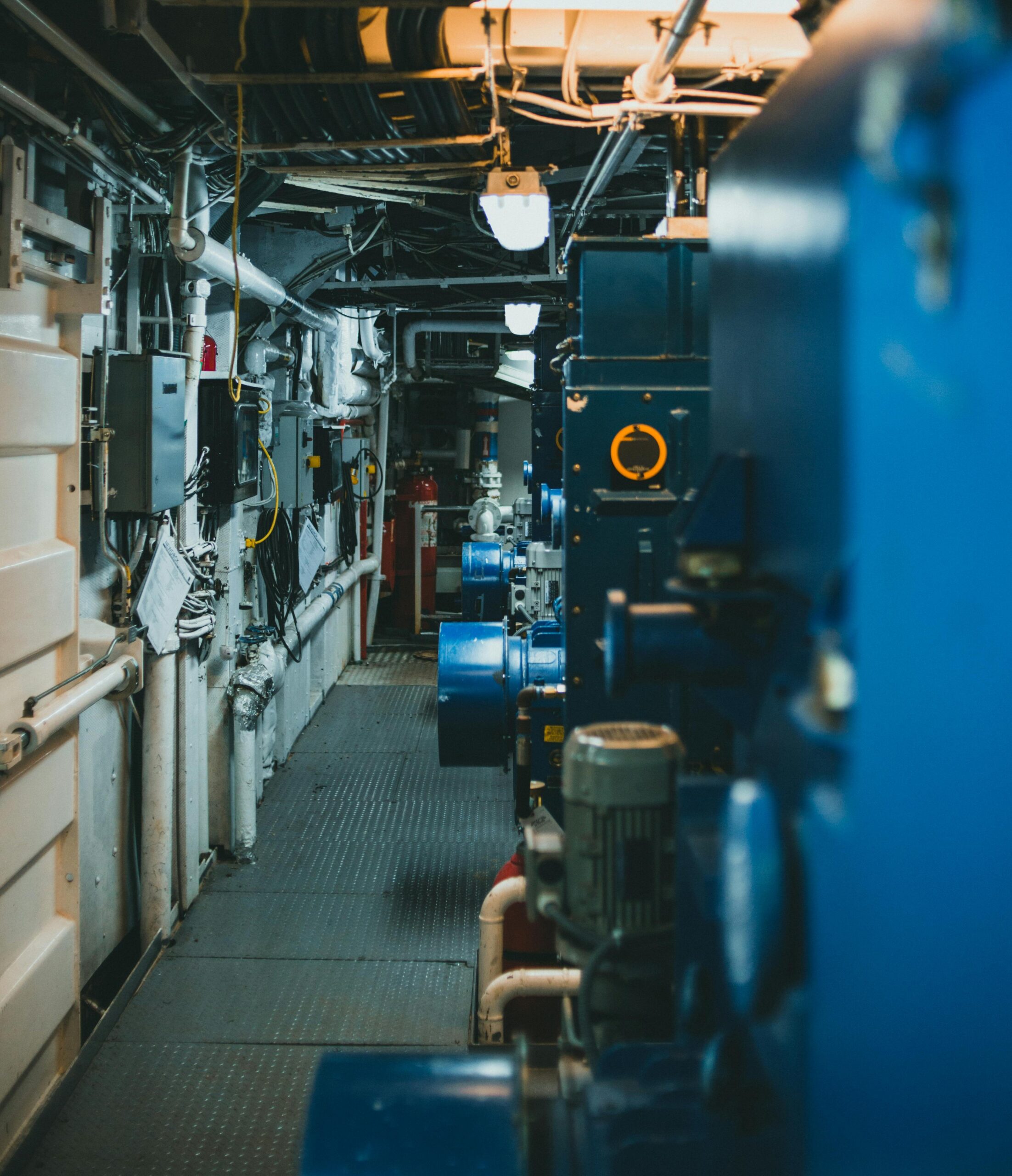As more and more organizations are looking to do an equipment level inventory of their major mechanical and electrical equipment (as well as some architectural equipment as well), I wanted to revisit the difference between the dataset that you get in a Facility Condition Assessment (FCA) and an Equipment Inventory & Tagging (EI&T) project to help you and your team avoid any confusion if/as you explore FCAs and EI&T.
The purpose of an FCA is to develop a future capital renewal forecast for your portfolio. The purpose of an EI&T project is to populate a Computerized Maintenance Management System (CMMS) to support Preventative Maintenance and proper tracking of reactive maintenance activities. These two things are very different, just as their corresponding datasets are also very different.
While some clients do modify their FCA scope of work for some equipment types to be similar to an EI&T project (this would be a modified FCA), in most cases there is a major difference between the two datasets, as we will explore below.
A traditional FCA is what we would call an Element-Level Inventory. This means that equipment that is similar in terms of type, age, condition, capacity, etc. will be bundled together into a single element. For example, if you have three similar sized boilers in a building, all installed at the same time, with similar maintenance histories, and the same observed or reported deficiencies or issues, they will likely get bundled together into a single element such as – Boilers, Quantity 3.
In an EI&T project each individual boiler would be a separate piece of equipment with its own unique asset tag number. In this case the EI&T dataset would be many elements compared to the one element in an FCA. There are some cases where the relationship may be 1-to-1, but in many cases it is many-to-one.
In a typical building, an FCA can have between 50 and 100 elements with narratives, photos, etc. However, depending on the types of equipment that you are inventorying, you could have several hundred pieces of equipment requiring documentation, tagging, photographing, etc.
Additionally, during a typical FCA you may or may not gather nameplate information on equipment, which is a cornerstone of EI&T projects. Also, EI&T projects will often gather even more information on each piece of equipment such as belt size, motor size, etc. which supports future preventative maintenance activities, but is not relevant for capital renewal planning (the purpose of an FCA).
In a typical FCA, for some equipment types, the assessors will not observe every single piece of equipment that is within a building. For example, FCAs generally only visit a percentage of like spaces within a building. For example in multi-unit residential, 10-15% of each unit type will typically be visited. As such, estimates of the number of pieces of equipment are made based on what is observed in the sample spaces. In some cases the unit of measure for some types of equipment may even be the square footage of the building.
When doing an EI&T project every individual piece of in-scope equipment must be located, data collected on it, photographs taken and an asset tag applied. This can require a considerable increase in on-site time to gather this more granular dataset. This can result in an increase in the overall fee to do the work, or time for internal staff (if you are doing it in-house), which you may not expect.
If you are going to embark on integrating an FCA project with an EI&T project, I hope that this post has helped you understand that it is more than just slapping a tag on equipment that is already being observed during an FCA. Hopefully the information that we shared will help you more effectively develop your integrated asset management plan for your portfolio.




